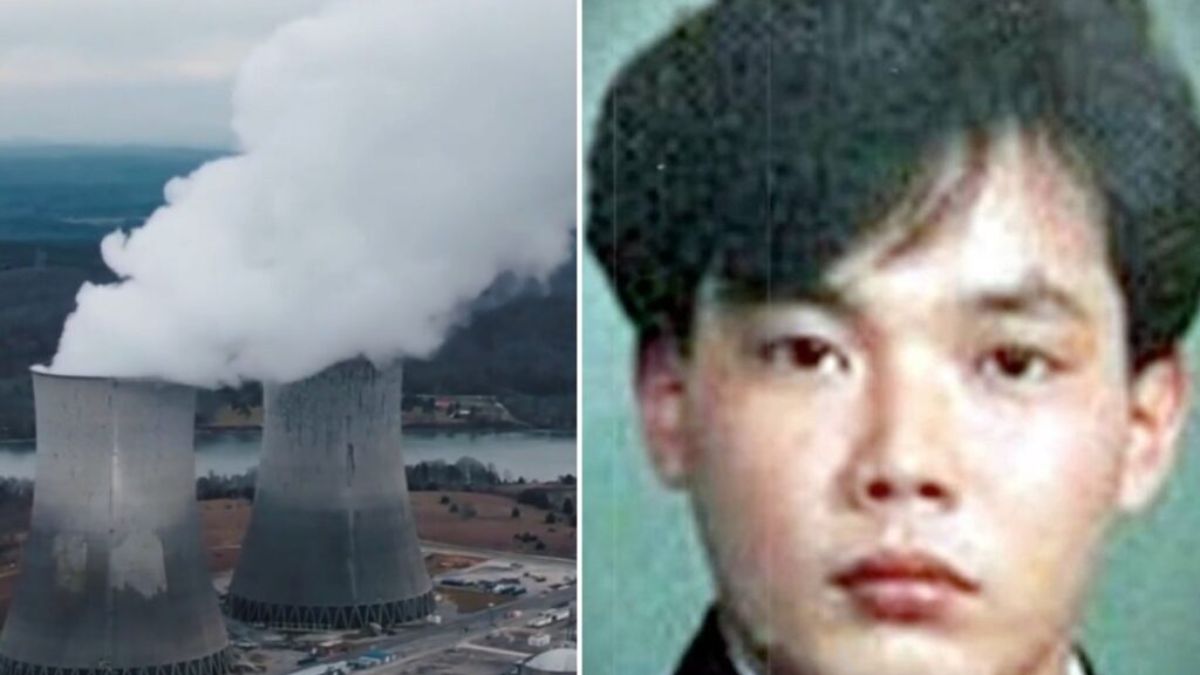After a tragic accident in Tokaimura nuclear power plant in 1999, Hisashi Ouchi spent 83 days in total agony. The doctors kept him alive despite his wishes, per the man’s family’s requests.
The 35-year-old nuclear power plant technician was exposed to the highest radiation levels of any human. He arrived at the University of Tokyo Hospital with no white blood cells.
Before his final demise, the man cried blood as his skin melted.
Three men were handling uranium
Ouchi was helping a coworker pour uranium into a metal vat. Due to miscalculation, the solution reached a “critical point.” It released neutron radiation and gamma rays.
The men carried 16 liters of uranium. Later it was discovered that the limit was 2,4 liters.
Since the workers carried the solution manually, they did not know how much they used.
The uranium reached critical mass on September 30, 1999, at 10:35 a.m.
Ouchi was hospitalized, feeling dizzy and vomiting, with severe burns. He did not die right away though he had levels of radiation 17 sieverts (sv), twice the amount that should kill.
Ouchi cried blood
After a week of treatment, Ouchi begged the doctors to stop. His damaged skin required grafts, and he was given blood transfusions. However, the damage was far too severe.
Allegedly, he even had blood coming out of his eyes.
Cell transplant specialist Hisamura Hirai wanted to try a new approach that had never been tested on radiation victims before, stem cell transplants.
However, the profuse radiation coursing through his blood eradicated the introduced cells. Hisashi Ouchi’s skin grafts were unable to hold because his DNA couldn’t rebuild itself.
Reports claimed he begged, “I can’t take it anymore! I am not guimea pig!”
The man wanted to go home and wanted the doctor to “stop” further procedures.
After 59 days, Ouchi suffered three heart failures. But his family did not want to let him die, so the doctors revived him.
Ouchi leaked fluids and reportedly called for his mother as his organs were failing.
On December 21, 1999, after 83 days of agony, Ouchi was finally gone. He died of multiple organ failure.
One more technician died
The technicians’ supervisor, Yutaka Yokokawa, was also hospitalized. He suffered minor radiation sickness. In October 2000, he was charged with negligence.
Yutaka Yokokawa was exposed to three sieverts, while the third worker, Masato Shinohara, was exposed to 10 sieverts.
Shinohara spent seven months in the hospital until he died of lung and liver failure on April 27, 2000.
Like Hisashi Ouchi, Masato Shinohara also received blood stem cell transfusions. In his case, the doctors used an umbilical cord of a newborn. But that, with all other treatments, failed.
Meanwhile, JCO (Japanese nuclear fuel cycle company) paid $121 million to settle 6,875 compensation claims from impacted locals.
310,000 villagers within six miles of the Tokai facility had to stay indoors for 24 hours after the incident.
Over the next ten days, 10,000 people were checked for radiation, with more than 667 suffering low levels.
Read Next:
- Bouncer Catches Evil Man Putting Drugs in Young Woman’s Drink and Takes Matters into His Own Hands
- 10 Irresistible Traits That Define a True Manly Man

